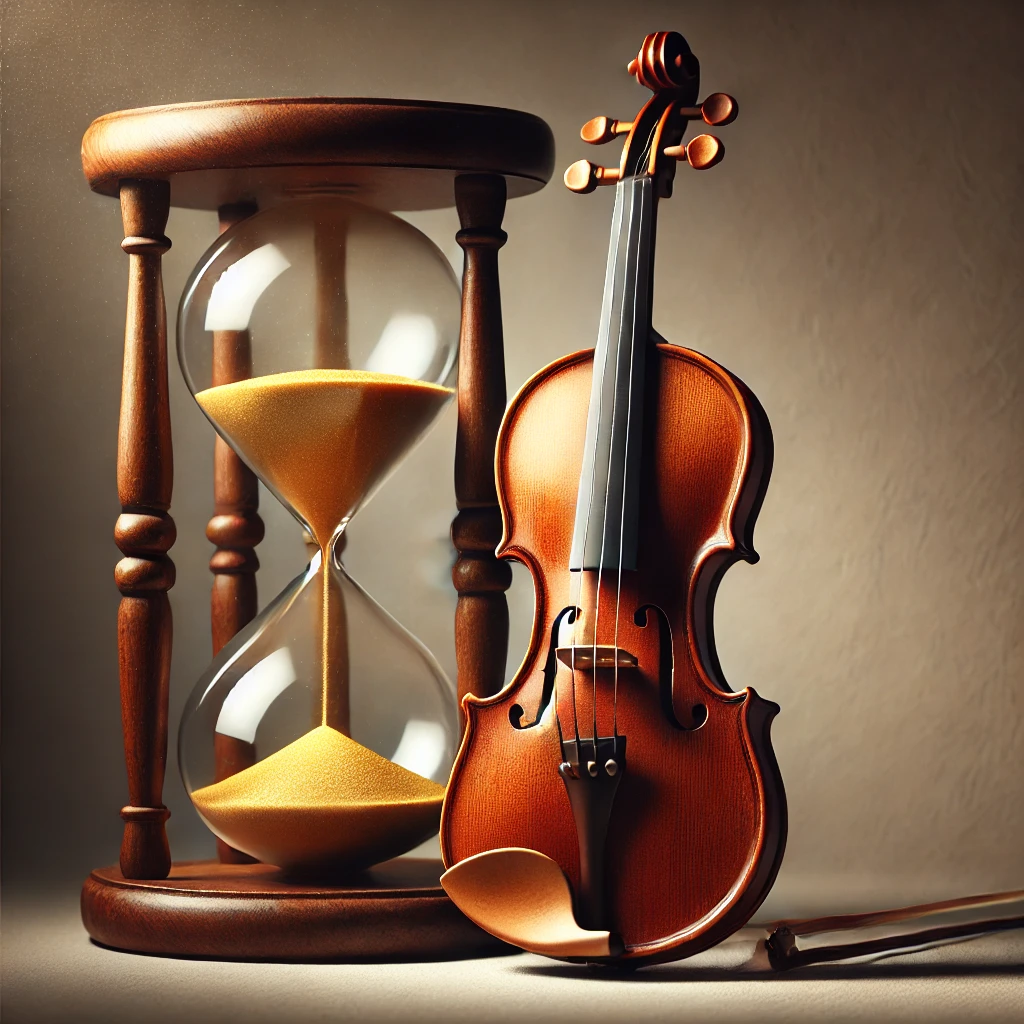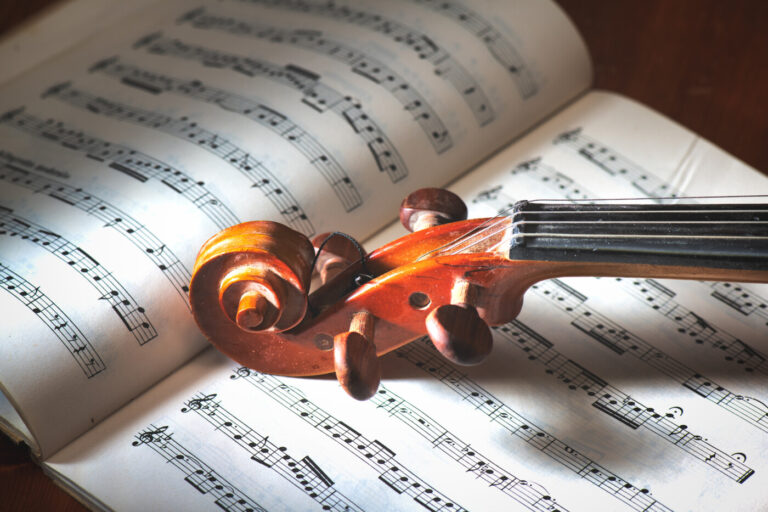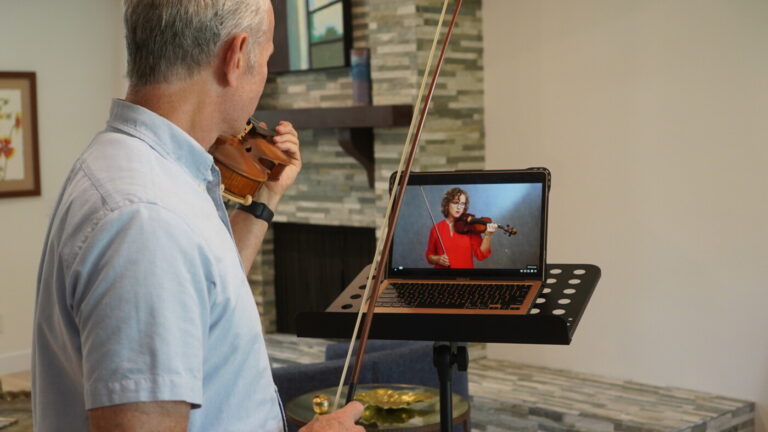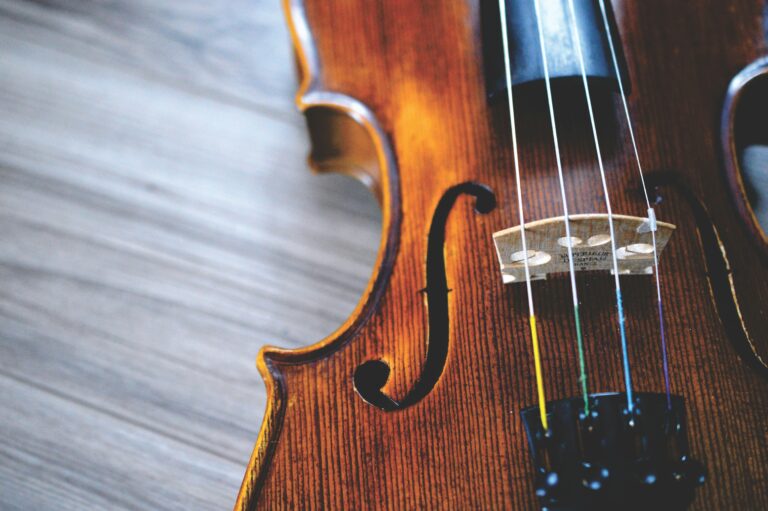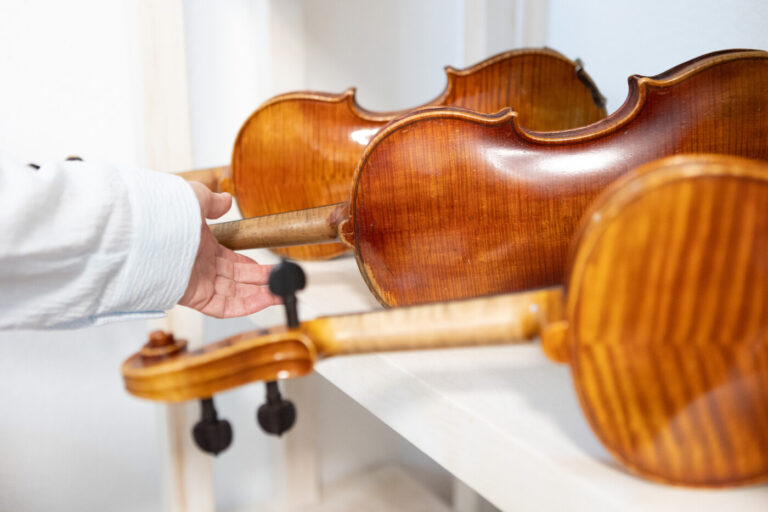The Ultimate Guide to Practicing for Violin Beginners
The violin is undeniably a challenging instrument to learn, and most beginners want to ensure they are establishing good practice routines. Common questions include: “How much should I practice?”, “Should I sit or stand while practicing?”, and “What should I practice?”. This blog will aim to cover these and other frequently asked questions about practicing the violin.
How Much Should a Violin Beginner Practice?

Frequency over Duration
Later in this blog, I will provide guidelines on how long to practice the violin, but first, I want to make an important point. The key to making the best progress is less about the length of your practice sessions and more about how often and how focused they are.
When you’re just starting out, it’s more beneficial to prioritize how frequently you practice rather than the duration of each session. Short, frequent practice sessions throughout the day are much more effective for training your muscles than trying to cover too much in one long session.
Advantages of Frequent, Shorter Sessions
- Quality over Quantity: Breaking your violin practice time into multiple 15-20 minute sessions is one of the most effective strategies for beginners. Why? Because frequent, shorter sessions allow you to retain focus, prevent brain fatigue, and maintain a higher quality of practice. Remember, Improved Focus equals Faster Improvement.
- Prevents Muscle Strain: One of the advantages of shorter practice sessions is that they are gentler on your body. Playing the violin requires the use of muscles in your arms, hands, shoulders, and neck in ways that are very new and unfamiliar. Long, uninterrupted sessions can lead to muscle strain, especially if you aren’t regularly exercising and strength training. (Most of us aren’t). By practicing in shorter bursts, you give your muscles time to rest and recover, reducing the risk of injury.

- Practicing Frequently Nurtures the Habit of Practicing: Every professional knows that the more you practice, the more you want to practice. Going too long between practice sessions breeds an attitude of avoidance, similar to lapsing on an exercise regimen. It’s easy to start to feel too tired, too busy, or even too lazy when we feel like we’ve fallen behind in our goals. The “multiple-short-practice session” model works wonderful for motivation.
What If I Can’t Practice My Violin Every Day?
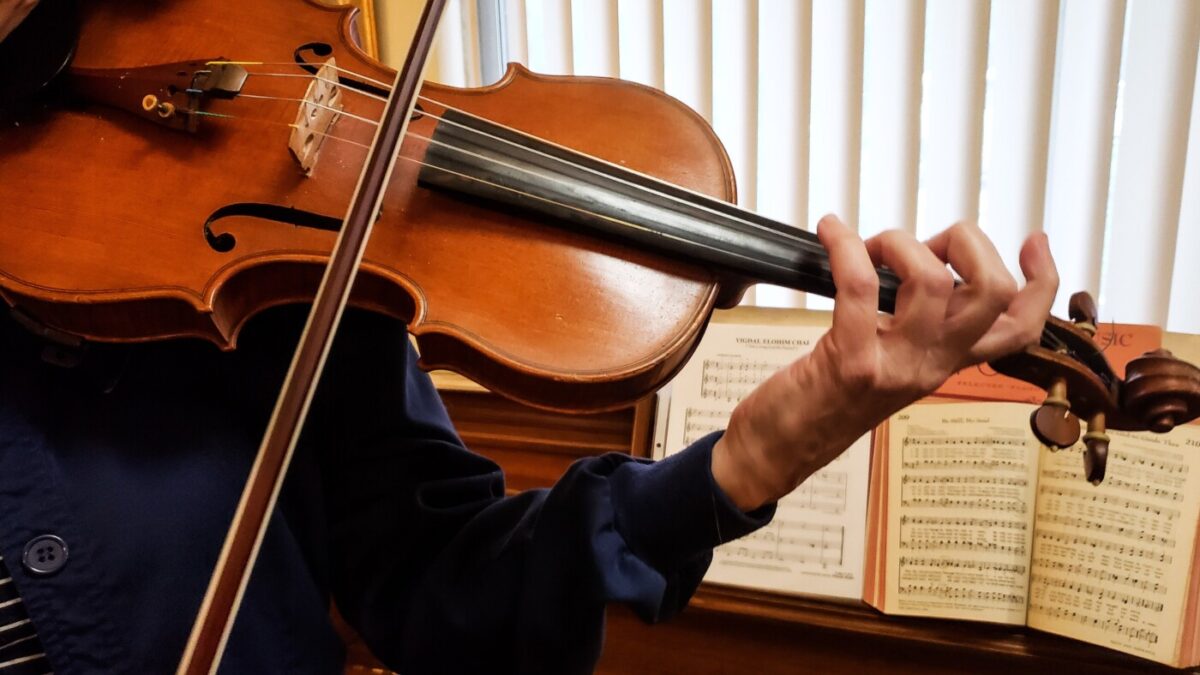
Remember, any practice is better than no practice. Many adult violin learners work full time jobs, or are full time care givers. Their schedules don’t allow for daily practice or at best one small window a day. Here are some tips to enhance learning even when you don’t have your violin in hand.
How to Get the Most Out of Practice Time
Improve Efficiency
- Stay “warmed up”. As we age, it takes longer for our muscles to warm up and our hands to feel strong and limber. To save time, try exercising with a hand therapy ball several times a day. Do it while watching television. This way, you’ll be warmed up and ready to play when practice begins.

- Get Organized. Carry a binder or journal with you to visit during times when you’re not able to practice. Throughout the day, visualize a particular skill or measure in your music that you want to tackle first. It’s amazing how, with just the thought of a plan, your mind will start “practicing” before you even pick up the violin!

- Go into your practice session with a clear agenda and a set of goals in mind. The more deliberate you about setting goals for your violin practice session, the more efficiently you will use your time. Click the links below for files to use to add efficiency to your practice schedule.
- “Practice Menu” pdf: Use this violin practice sheet to write down everything you want to practice. Include assignments, wish-list repertoire, and anything else you’d like to work on. With this master list, you’ll never wonder what to practice—it will serve as the basis for creating focused daily practice plans.
- “Practice Plan” pdf: Use this page on your music stand as a guide for your practice. Write down specific goals for the day or week. At the bottom of the page, add check marks to self-assess the outcome of each goal.
- “Practice Log for Repertoire” pdf: This worksheet is designed to focus on the details of a single piece of music or technical skill. Keep a detailed record of your goals, impressions, reflections, and log the amount of time spent working on it.
- Record your violin practice! Recording yourself is one of the most valuable yet underutilized learning tools by students. Not only can you listen and glean important information about your playing away from the practice room, but it also spurs ideas and plans for setting practice goals for your next session.
Don’t be a Yo-Yo Practicer
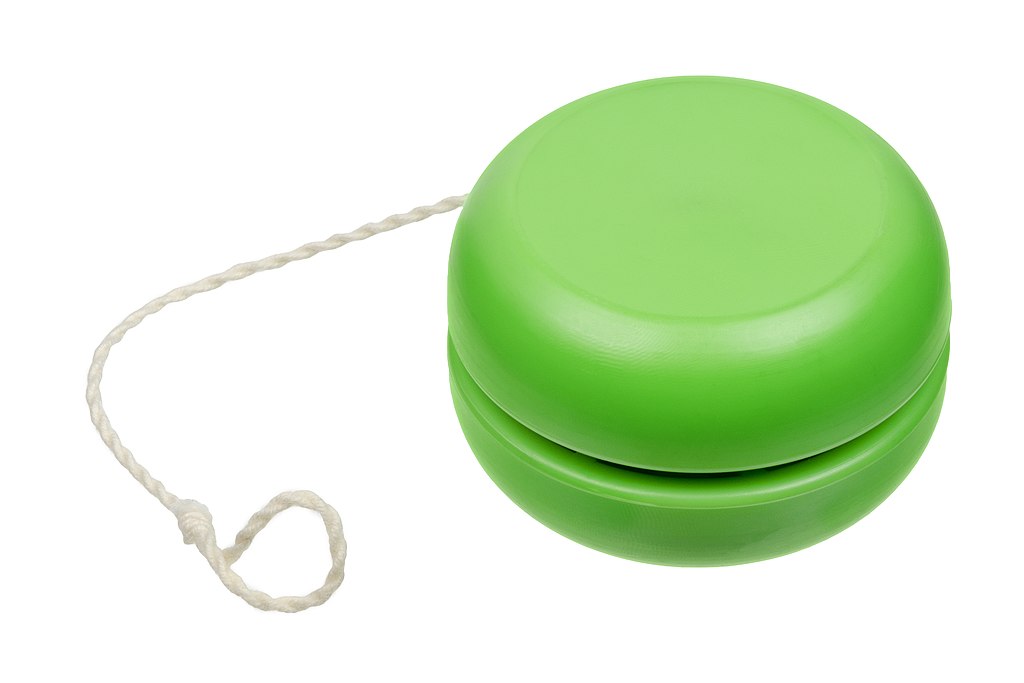
Intermittent practicing is 2 steps forward, 1 step back. Muscles lose tone quickly which means when you return to practicing after a long hiatus, it takes a few weeks just to get the hand muscles back in shape. Trust me, yours truly writing this blog knows how awful it feels to take time off from practicing and to feel demoralized by how badly things sound.
So many of us fall into patterns of on again-off again behaviors. From dieting to exercise routines we vacillate between periods of intent and enthusiasm to periods of idleness and disinterest.
No matter what, try to maintain a minimal amount of daily practice. That way your only trajectory is forward.
The Hardest Part About Practicing: Getting Started

For many beginners, the most challenging part of practicing the violin regularly is simply starting. Here are a few tips to make getting started easier:
- Create a Dedicated Practice Space: Designate a special place in your home for practicing even if it’s a large closet or corner of the room. Having your music stand, music and instrument in the same place removes some of the friction of starting practice.
- Build in privacy: Adding soundproofing to a closet or small space can help you feel more comfortable, knowing that you’re not disturbing others. Also, privacy allows you to play uninhibitedly, which is freeing and allows you to get into a state of flow. Self-consciousness is distracting. Even a simple door gap filler reduces sound substantially.
- Keep Your Violin Accessible: Instead of storing your violin in its case, consider using a violin stand for quick and easy access.. This keeps your instrument within easy reach and acts as a visual reminder to practice.
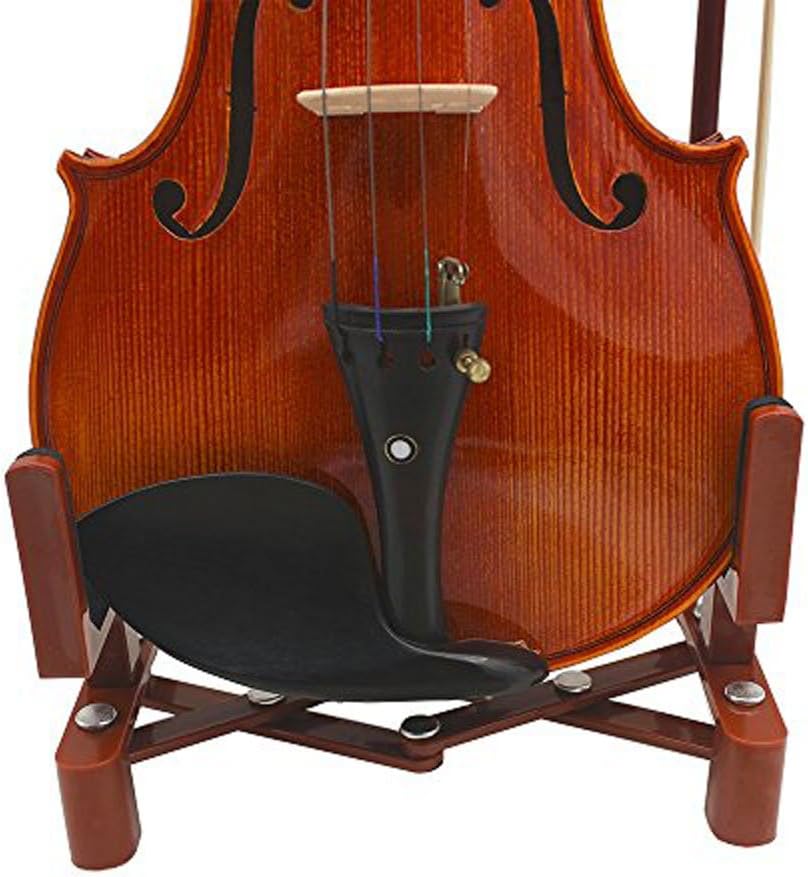
- Weave your Violin Practice into Your Daily Routine: If you’re short on time, take advantage of small windows throughout your day. For example, you can practice for 10 minutes between your morning coffee and breakfast cereal, 15 minutes before planning your evening meal, or 15 minutes after cleaning the kitchen. These small sessions add up, and before you know it, you’ll have accumulated an hour of practice.
Those Who Excel Trust the Process
You’ve heard the saying: Rome wasn’t built in a day. Nothing great was built in a day, and certainly not great violin technique. The synaptic networks that govern the body’s movements require countless repetitions to become established.

Think of those neural pathways starting off as small dirt roads. In time, you want to turn them into wide, paved highways. How will you do that?
- Brick by brick. Well-designed methods like the Violin Lab method carefully layer specific skills to build a solid technical foundation. Sticking to these well-established methods is key to success—so don’t skip any steps! Some adult learners tend to focus on certain aspects of technique while overlooking others that might not seem as important, but every detail matters.
- Immerse yourself in observing great violin performers. Go to YouTube and watch them in action. As you study their playing, pay attention to how they apply the technical principles you’re learning. In addition, you can slow down the playback speed to catch the finer details of their technical skills..
- Improve your Relationship with Frustration. A positive outcome of feeling frustrated when practicing the violin is the fact that you wouldn’t be frustrated if you weren’t listening critically. Congratulate yourself that you are able to detect mistakes and imperfections in your playing, because without that ability you would not make progress.
How much time should I practice violin in a day? Give me a number!
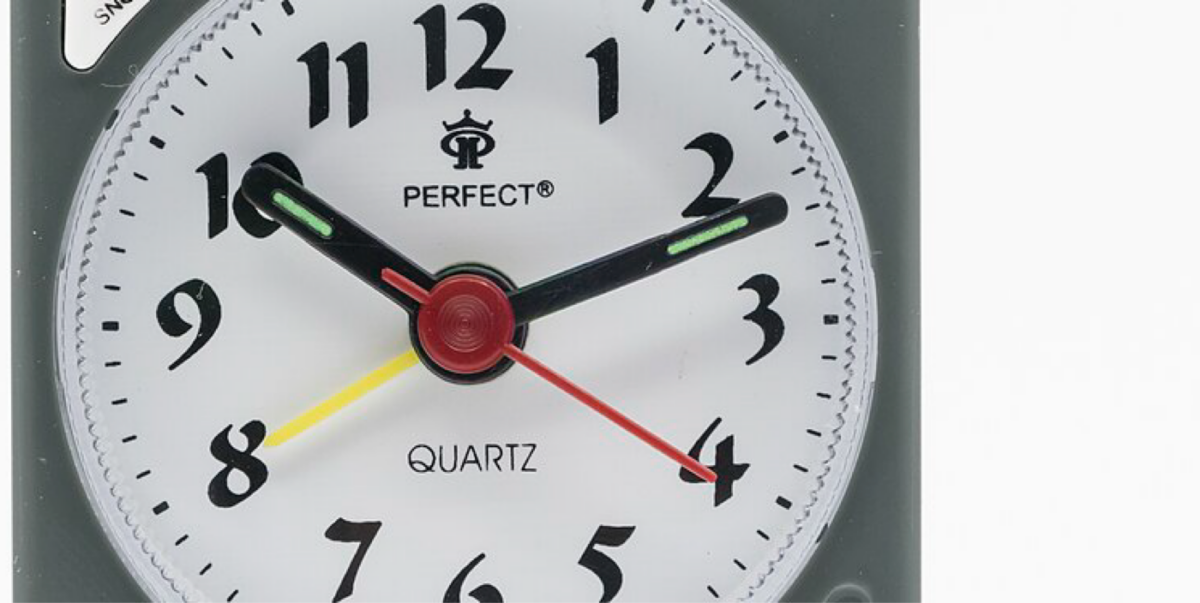
Adult violin students want to believe they are putting in an adequate amount of practice time and feel more comfortable with exact parameters and expectations. By following the guide below, you can be confident in knowing you’ll achieve consistent improvement.
The first month of your violin journey
In the first week or two of learning to play the violin you won’t have music to practice yet. The Violinlab.com curriculum starts with establishing the basic postures like the bow hold and violin positioning before starting to play tunes.
Keep pencils or your bow nearby and every time you walk past, pick it up and make a bow hold. Literally do this as many times as you possibly can. If you make at least 20 bow holds, violin holds, left hand finger taps a day, you should reach @20 minutes a day.
The second through sixth month of violin practice.
This phase of learning is perhaps the most crucial for establishing the foundation for beautiful tone, intonation, and good technical habits. During this time, your muscles will learn a variety of new movements and mechanics, and as mentioned earlier in this blog, muscles learn best with frequent practice sessions.
If your schedule allows, aim for three 10-15 minute practice sessions a day, or a total of 30-45 minutes. During each session, focus intently on maintaining good form, clear tone, accurate intonation, and any other techniques your teacher is guiding you through.
Sixth month and beyond
You’re learning new songs, easy scales, and various techniques like staccato and legato bowing. To make steady progress in different areas, you’ll need to dedicate more time. This phase of violin learning is crucial for building excellent practice strategies.
It’s also important to allocate time to each area, such as 15 minutes for technical practice, 30 minutes for repertoire, and 15 minutes for scales and exercises. Dividing practice into segments throughout the day is ideal, but aim for a total of 1 hour of accumulated practice per day.
Should I Sit or Stand When Practicing the Violin?
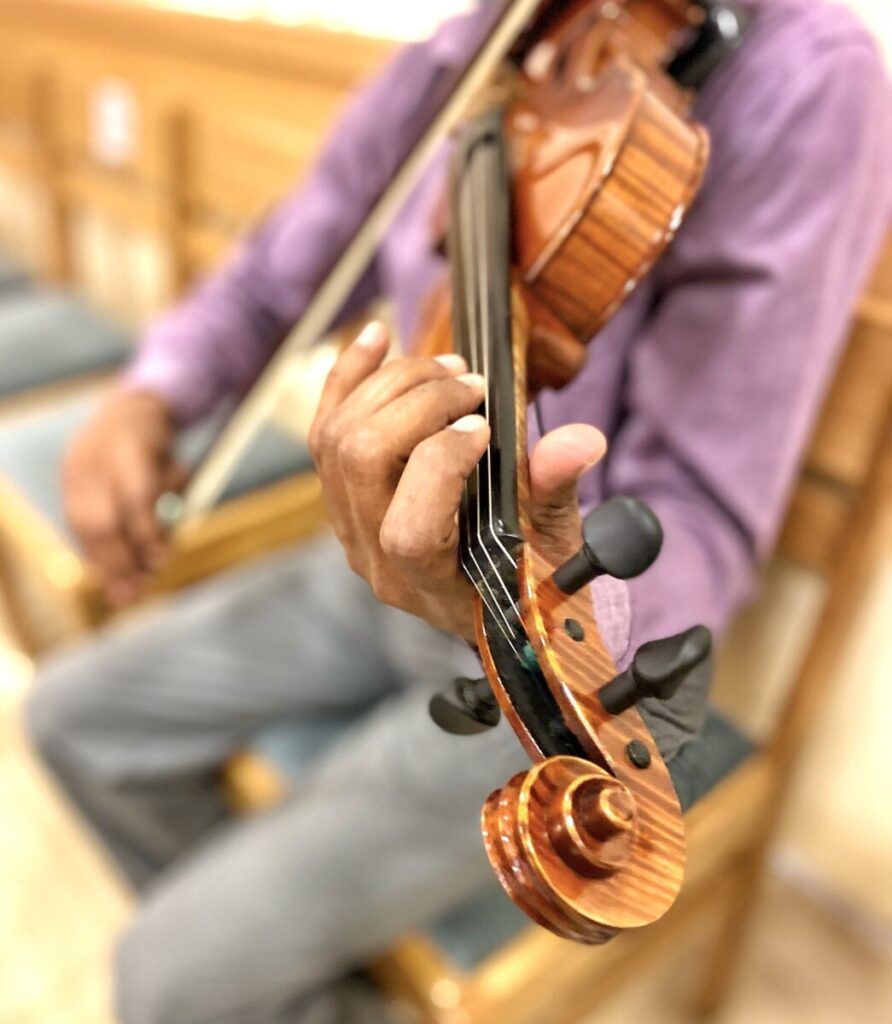
This is a common concern for adults learning to play the violin. Most teachers recommend standing during practice to encourage proper posture. Sitting can affect bow technique, as it’s easy for the bow arm to unintentionally shift off its perpendicular path to avoid hitting the knees.
Many serious students and professionals prefer standing because it offers greater freedom of movement and expression. It also better prepares you for performance, as solo performances are typically done standing.
If you do choose to sit, position your sit bones near the edge of the chair. This allows your right knee to drop slightly, giving your bow arm more space to move freely.
Consider investing in a chair designed specifically for musicians, like this one from Southweststrings.com. Orchestra chairs, with adjustable tilting seats that help to support a straighter posture and reduce back strain.

Ultimately, the choice is personal. The most important thing is that you’re comfortable and able to stay focused! If standing causes discomfort in your back or feet, feel free to sit. You can alternate between sitting and standing as needed.
Conclusion
The key to success lies in establishing consistent, focused, and efficient practice routines.
1. Prioritize frequent, shorter sessions to maintain muscle memory, prevent strain, and nurture a lasting habit of practice. Remember, any practice is better than none, and integrating violin playing into your daily routine nurtures the habit of practice.
2. Create a comfortable and dedicated space for practice—whether sitting or standing—to keep you motivated and focused.
3. Trust in well-designed methods, like the Violin lab curriculum, and embrace each step of the learning process without skipping over foundational techniques.
4. Immerse yourself in observing great performers to reinforce the technical skills you’re learning.
5. Don’t be discouraged by moments of frustration; they’re signs of your critical listening skills developing.
Ultimately, the journey to mastering the violin is a marathon, not a sprint. By committing to regular practice, staying organized, and setting clear goals, you’ll build a solid technical foundation. Celebrate your progress, no matter how small, and remember what drew you to learning violin in the first place. Your progress is personal, it’s about YOU and no one else.
